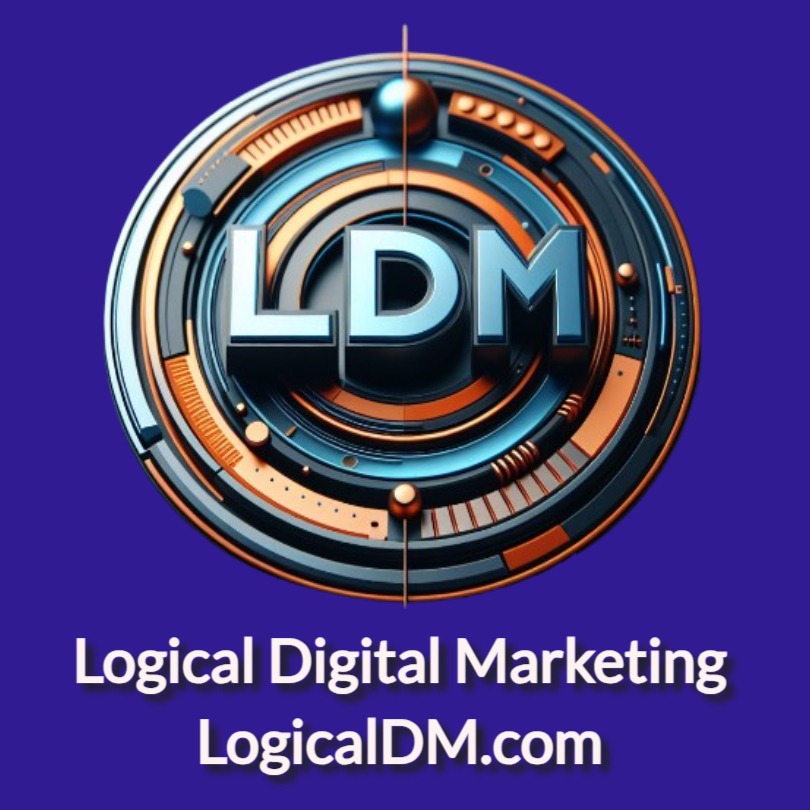
In the ever-evolving digital landscape, businesses constantly seek ways to stay ahead of the competition. One of the most powerful tools at their disposal is Search Engine Marketing (SEM). SEM combines the strategic use of paid advertisements and search engine optimization (SEO) to increase a brand’s visibility on search engines like Google and Bing. This guide will walk you through the essential elements of SEM, helping you unlock its full potential and achieve lasting success.
Understanding Search Engine Marketing
At its core, SEM involves promoting websites by increasing their visibility in search engine results pages (SERPs) through paid advertising. This is often referred to as Pay-Per-Click (PPC) advertising. Unlike SEO, which focuses on organic (non-paid) search results, SEM allows businesses to bid on keywords to display their ads when users search for those terms. The goal is to attract potential customers actively seeking products or services like yours.
Why SEM is Crucial for Your Business
Immediate Visibility:
SEM offers instant visibility, in contrast to SEO, which often requires several months to show results. As soon as your campaign goes live, your ads can appear in search results, driving traffic to your website.

Targeted Audience:
With SEM, you can focus on particular groups of people, places, and moments in time to reach your target audience effectively. This precise targeting ensures that your ads are shown to users most likely to convert into customers.
Measurable Results:
SEM platforms provide detailed analytics, allowing you to track the performance of your campaigns in real-time. You can see which ads are driving traffic, generating leads, and converting into sales, enabling you to optimize your strategy continuously.
Cost Control:
With SEM, you only pay when someone clicks on your ad (PPC). This model allows you to set budgets and control costs effectively. You can increase or decrease your spending based on the performance of your campaigns.
Key Components of SEM
To unleash the full potential of SEM, it’s essential to understand its key components and how they work together:
Keyword Research:
The foundation of any successful SEM campaign is thorough keyword research. Discover the keywords and phrases that your potential customers commonly use when looking for products or services similar to yours. Tools like Google Keyword Planner, SEMrush, and Ahrefs can help you discover relevant keywords with high search volume and low competition.

Ad Copywriting:
Crafting effective ad copy is essential to draw in clicks and boost website traffic. Your ads should be clear, concise, and highlight the unique selling points of your product or service. Including a strong call-to-action (CTA) encourages users to take the desired action, whether it’s visiting your website, signing up for a newsletter, or making a purchase.
Landing Pages:
The destination of your ads is just as important as the ads themselves. Ensure that your landing pages are optimized for conversions, with a clear headline, engaging content, and a prominent CTA. The page should be relevant to the ad and provide a seamless user experience.
Bid Management:
Effective bid management is essential for controlling costs and maximizing ROI. Platforms like Google Ads use an auction system to determine the placement of your ads. Set your bids strategically based on the competitiveness of your keywords and the potential value of conversions.
Ad Extensions:
Enhance your ads with ad extensions to provide additional information and increase visibility. Extensions can include site links, call buttons, location information, and more. These features can improve the click-through rate (CTR) and provide users with more reasons to choose your ad.
Quality Score:
Google assigns a Quality Score to each ad based on its relevance to the keyword, the quality of the landing page, and the expected CTR. A higher Quality Score can lead to better ad positions and lower costs per click. Continuously optimize your ads and landing pages to improve your Quality Score.

Creating an Effective SEM Strategy
1. Set Clear Goals:
Define what you want to achieve with your SEM campaigns. Whether it’s increasing website traffic, generating leads, or boosting sales, having clear goals will guide your strategy and help you measure success.
2. Budget Planning:
Determine your budget based on your goals and the competitiveness of your industry. Allocate funds to different campaigns and adjust as needed based on performance.
3. Campaign Structure:
Organize your campaigns and ad groups logically. Group similar keywords and ads together to create targeted and relevant campaigns. This structure makes it easier to manage and optimize your SEM efforts.
4. Monitor and Optimize:
Regularly review the performance of your campaigns. Use analytics to identify which ads and keywords are performing well and which need improvement. Test different ad variations, adjust bids, and refine your targeting to maximize ROI.
5. Stay Updated:
The world of SEM is constantly changing. Stay informed about the latest trends, algorithm updates, and best practices. Join industry forums, attend webinars, and follow reputable blogs to keep your knowledge up-to-date.

Advanced SEM Techniques
Once you have a solid understanding of the basics, you can explore advanced SEM techniques to further enhance your campaigns:
1. Remarketing:
Target users who have previously visited your website but didn’t convert. Remarketing ads keep your brand top-of-mind and encourage users to return and complete the desired action.
2. Audience Targeting:
Use audience targeting to reach specific groups of users based on their interests, behaviors, and demographics. Google Ads and other platforms offer various audience targeting options to refine your reach.
3. A/B Testing:
It's important to regularly experiment with various ad versions to determine which ones connect most effectively with your target audience. Experiment with different headlines, descriptions, CTAs, and images to optimize your ads for better performance.
4. Geotargeting:
Tailor your ads to specific geographic locations. This is particularly useful for local businesses looking to attract nearby customers. Geotargeting ensures your ads are shown to users in your desired areas.
5. Ad Scheduling:
Analyze your campaign data to determine the best times to show your ads. Schedule your ads to run during peak hours when your target audience is most active, maximizing the chances of conversion.

Measuring Success and Adjusting Your Strategy
To ensure long-term success with SEM, it’s essential to regularly measure the performance of your campaigns and adjust your strategy accordingly:
Track Key Metrics:
Monitor metrics such as CTR, conversion rate, cost per click (CPC), and return on ad spend (ROAS). These indicators provide insights into how well your campaigns are performing and where improvements are needed.
Use Analytics Tools:
Leverage tools like Google Analytics, Google Ads, and third-party platforms to gain deeper insights into user behavior and campaign performance. These tools can help you identify trends, track conversions, and measure ROI.
Conduct Regular Audits:
Periodically review your SEM campaigns to identify areas for improvement. Conduct keyword audits to remove underperforming keywords and add new ones. Evaluate your ad copy and landing pages to ensure they remain relevant and engaging.
Adapt to Changes:
The digital landscape is dynamic, and consumer behavior can change rapidly. Stay agile and be prepared to adjust your strategy in response to new trends, market conditions, and competitor activities.

Final Thoughts
Search Engine Marketing is a powerful tool that can drive significant growth for your business when used effectively. By understanding the fundamentals of SEM, creating targeted and compelling campaigns, and continuously optimizing your efforts, you can unleash the full potential of search engine marketing.
Stay informed about the latest trends and best practices, and always be ready to adapt to the ever-changing digital landscape. With the right strategy and dedication, SEM can be a game-changer for your business, helping you reach new heights of success.
If you’re interested in learning more about our search engine marketing services, we’d love to hear from you. To get started, give us a call at 919-737-2342 today!

 Add Row
Add Row  Add
Add 



